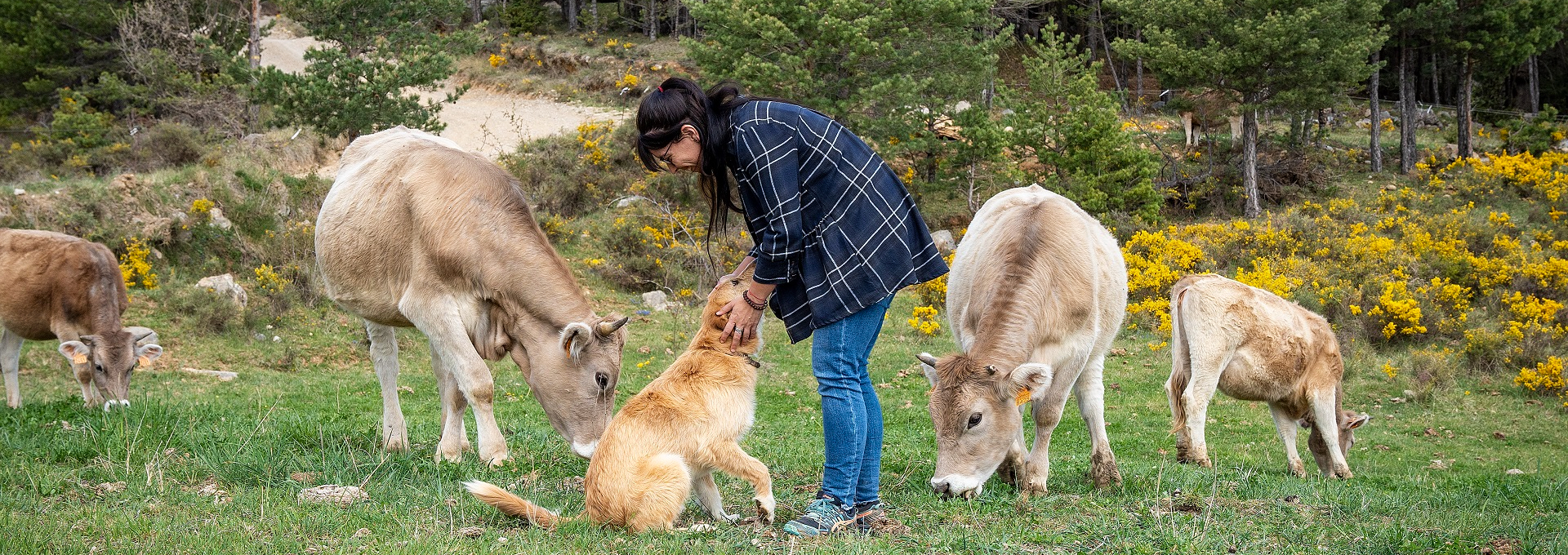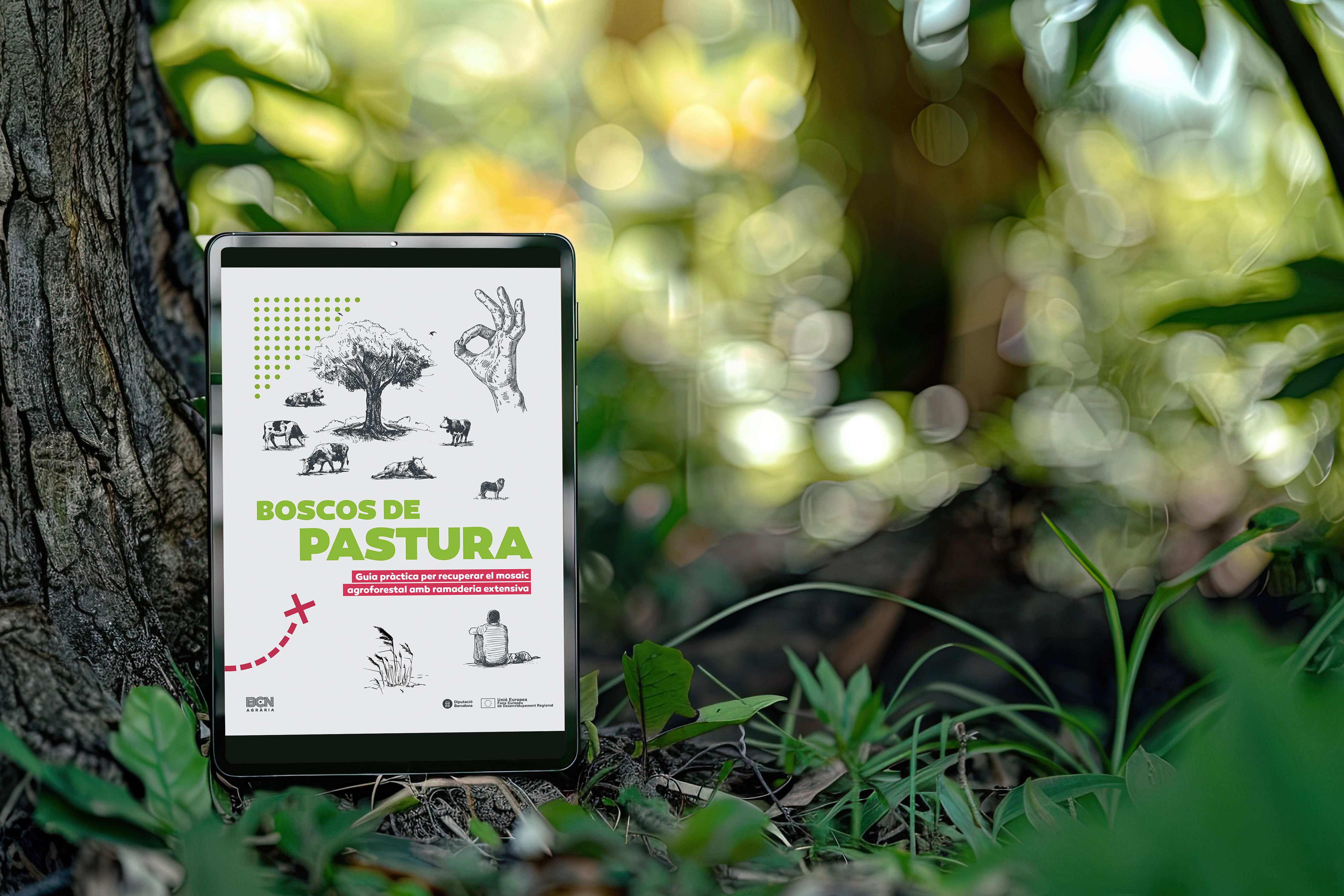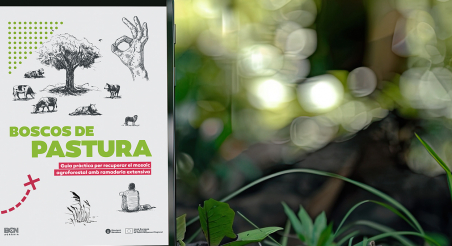The Barcelona Provincial Council has published 'Grazing Forests: Practical Guide to Restoring the Agroforestry Mosaic through Extensive Livestock Farming', a digital manual aimed particularly at local councils and other local entities wishing to promote sustainable forest management through extensive livestock farming. The guide, available in Catalan, provides practical tools to implement silvopastoral projects, a system that integrates livestock farming with forest management to harness the environmental and preventive benefits of grazing.
With a focus on forest fire prevention and biodiversity conservation, the document details the steps that local entities can follow to recover the traditional agroforestry mosaic. This landscape model, which combines woodlands, pastures and croplands, improves climate resilience and reduces the risk of large fires.
'Grazing Woodlands' addresses challenges such as rural depopulation and land abandonment, which have led to the expansion of dense forests and increased fire risk. To address this issue, the guide promotes silvopastoralism as a multifunctional solution that reduces fuel load, creates natural firebreaks and fosters biodiversity. Additionally, it boosts the local economy through the production of local food.
Featuring photographs by Patxi Uriz, the guide is the result of collaboration between the Technical Office for Municipal Forest Fire Prevention and Agricultural Development of the Barcelona Provincial Council and the Pau Costa Foundation. This editorial project has been co-funded by the European Regional Development Fund (ERDF) under the BCN Smart Rural programme.
The 'Grazing Forests' guide can be downloaded freely from the Barcelona Provincial Council's Library, where other publications related to livestock farming, food and agriculture can also be found.
The recovery of the agroforestry mosaic
The publication offers a comprehensive guide for implementing silvopastoral projects with practical advice on identifying key stakeholders, analysing the agroforestry mosaic and planning grazing areas. It also provides information on available resources, funding sources and European best practices to inspire new initiatives in Catalonia.
The guide highlights the fundamental role of local councils as drivers of this transformation, both in the direct management of public land and in establishing agreements between forest owners and livestock farmers, as well as in developing infrastructure and promoting products derived from livestock farming.
In addition to technical and economic resources, 'Grazing Forests' emphasises the importance of collaboration between councils, livestock farmers, local communities and researchers to protect the landscape and ensure the long-term sustainability of the region's forests.
"Local councils play a key role in forest fire prevention, and with this guide, we provide them with the necessary tools to promote extensive livestock farming as an ally in this task. It represents a clear commitment to the sustainable management of our forests and the future of rural areas", states Jordi Fàbrega, Deputy for Fire Prevention and Forest Management at the Barcelona Provincial Council.
For more information about this publication, please contact Pere Navarro, territorial engineer at the corporation.




